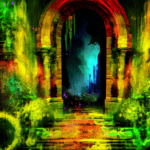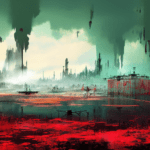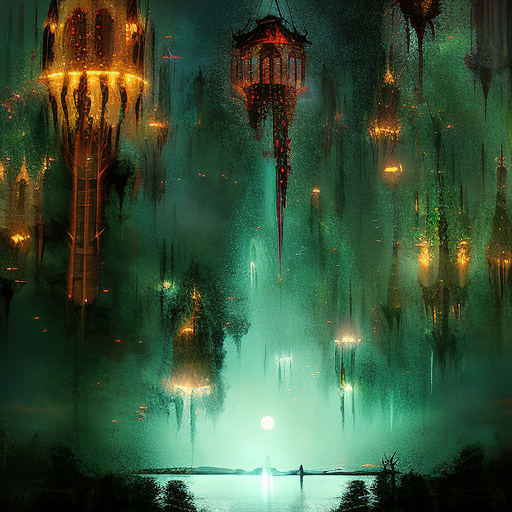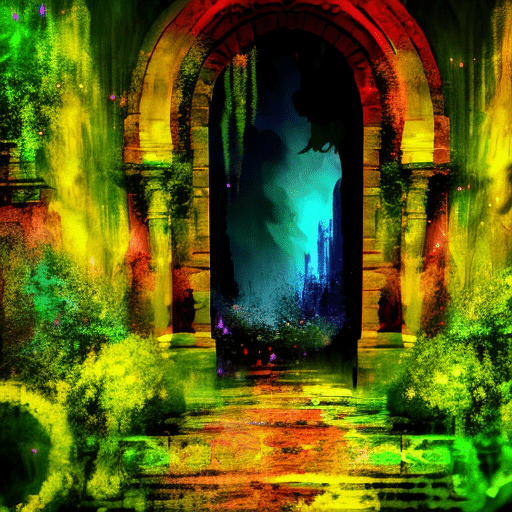One-line Summary:
Nightfall is a gripping science fiction novel that explores the psychological and emotional impact on a group of scientists and colonists when they are faced with the impending darkness of a planet experiencing its first-ever nightfall.
Exploring the Unknown:
Nightfall, written by Isaac Asimov and Robert Silverberg, takes place on the planet Lagash, which is part of a solar system with six suns, resulting in constant daylight. However, every 2,049 years, a rare celestial alignment occurs, causing a total eclipse and plunging the planet into complete darkness for the first time. As the scientists and colonists of Lagash prepare for this unprecedented event, they must confront their fears and grapple with the unknown.
The story follows a diverse group of characters, including Sheerin, a psychologist who studies the effects of darkness on the human mind, and Theremon, a journalist who becomes entangled in the unfolding events. As the eclipse approaches, the tension rises, and the characters’ anxieties and insecurities are laid bare.
The Darkness Descends:
When the darkness finally arrives, it triggers a series of catastrophic events. The inhabitants of Lagash, unaccustomed to darkness, are overwhelmed by fear and panic. The scientists’ predictions of mass hysteria and violence come true as the city descends into chaos. The darkness becomes a metaphor for the unknown and the primal fears that lie within each individual.
As the story unfolds, the authors delve into the psychological and emotional impact of the darkness on the characters. They explore themes of fear, religion, and the fragility of human civilization. The characters’ beliefs and ideologies are challenged, and they are forced to confront their own mortality and the limitations of their understanding of the universe.
Seeking Answers:
Amidst the chaos, Sheerin and Theremon embark on a quest to find answers. They travel to an ancient underground library, hoping to uncover the secrets of Lagash’s past and find a way to survive the darkness. Along the way, they encounter remnants of a long-lost civilization and discover clues that suggest the cyclical nature of the planet’s destruction.
As the darkness begins to recede, the characters are left to grapple with the aftermath. They must confront the consequences of their actions and find a way to rebuild their shattered society. The novel ends on a note of uncertainty, leaving the reader to ponder the cyclical nature of human history and the eternal struggle between light and darkness.
Key Takeaways:
- The fear of the unknown can lead to chaos and destruction.
- Human civilization is fragile and can easily crumble under extreme circumstances.
- Religion and belief systems can both provide comfort and be a source of conflict.
- The cyclical nature of history and the eternal struggle between light and darkness.
“But the darkness was coming, and the darkness was real, and it was coming soon.”
In Nightfall, Asimov and Silverberg masterfully blend science fiction and psychological exploration to create a thought-provoking narrative. The novel forces readers to confront their own fears and consider the fragility of human civilization in the face of the unknown. It serves as a reminder of the power of darkness and the importance of seeking knowledge and understanding in order to overcome our deepest fears.












